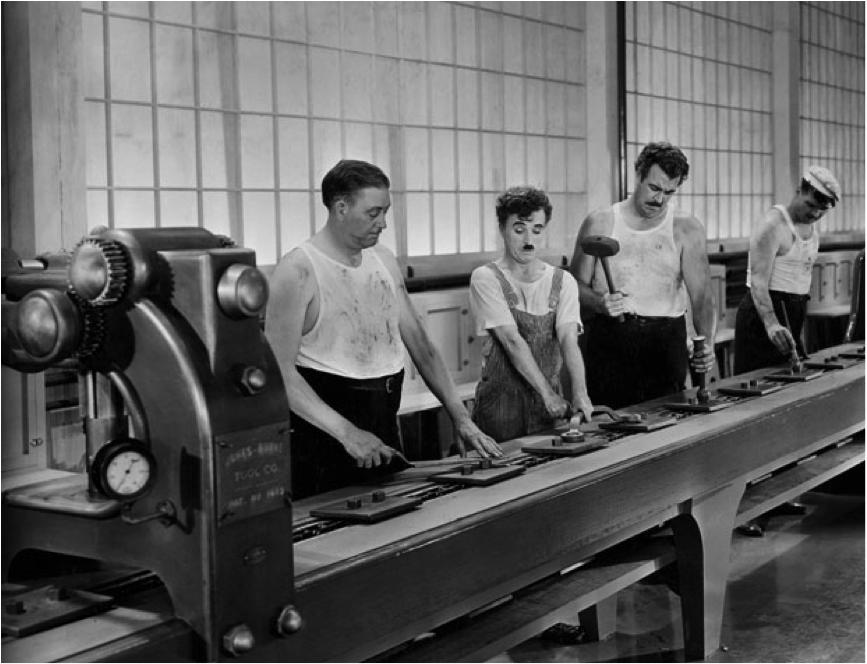
What Does the ‘L’ in PLM Stand For?
Many product companies that use product lifecycle management software do not manage to reach the full potential of the concept and exploit the power of the software. Often, the engineering department merely uses PLM product data management (PDM) tools as the system of record, and as a central repository of product design changes. But these only scratch the surface of toady’s very capable PLM software tools.
A long-promised, but frequently under-delivered, the principle of PLM has been the ability to frontload key product-related decisions such that design engineers can incorporate key capabilities and considerations concerning downstream activities such as manufacturing and service. Later, as the product continues down the path and goes into production and deployment, the PLM software provides feedback that informs upstream processes about manufacturing quality, warranty issues, and field service operations. These, in turn, enable a continuous quality and product improvement process throughout the product’s life, all the way to its decommission and retirement. This is the ‘L’ in PLM; at least, this is the intent.
Why do some product organizations struggle to implement this notion and to incorporate downstream considerations during early design stages and thereafter? Read More



